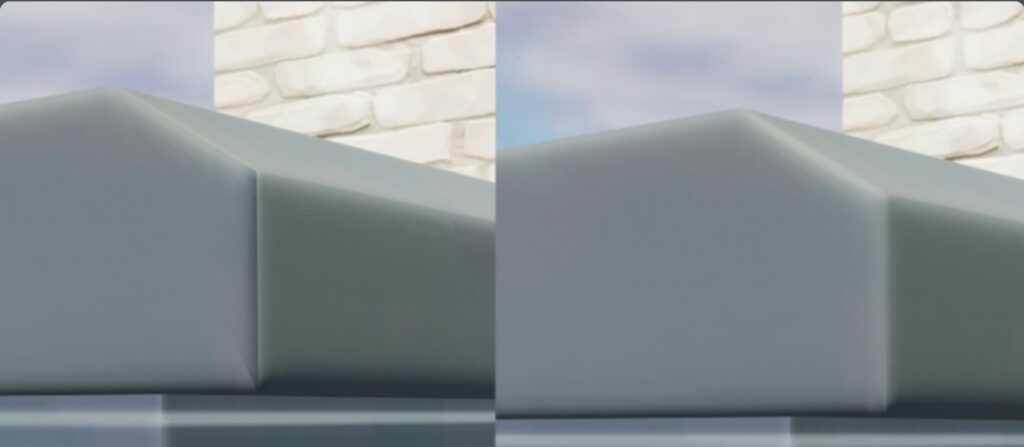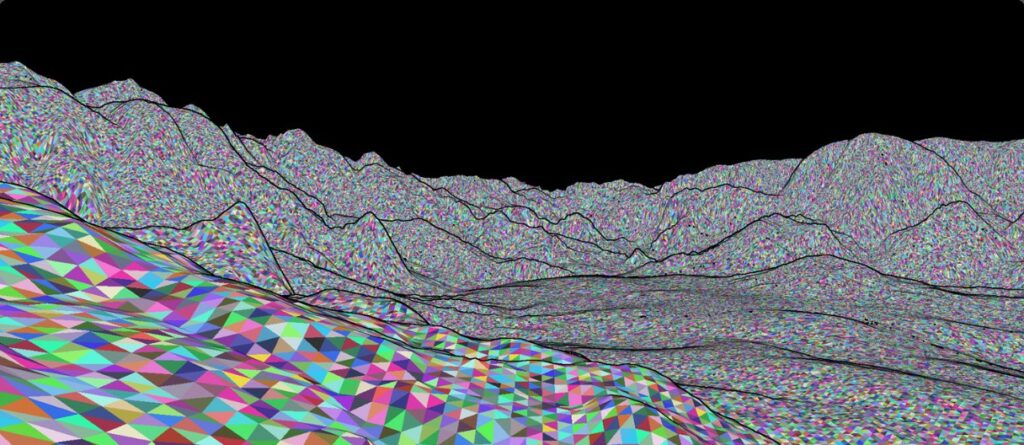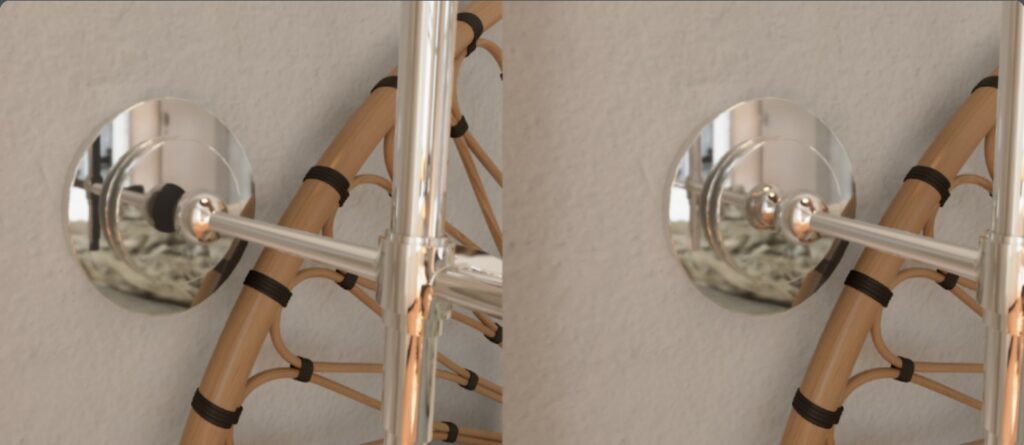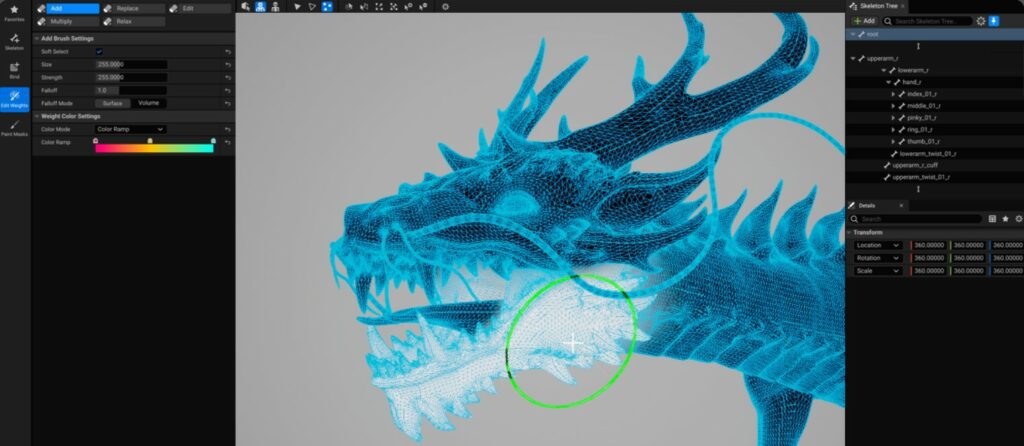The official Roadmap for Unreal Engine 5.3 has been announced!

The company Epic Games has announced in a bullet-point format on its public roadmap in ‚productboard.com‘ which new features we can expect in Unreal Engine 5.3. In this article, we want to dive into and explain which of the showcased features we are the most happy about and why.
You can also reach the named roadmap via this link: https://portal.productboard.com/epicgames/1-unreal-engine-public-roadmap/
Update 3. August 2023:
Epic Games recently started offering the Unreal Engine 5.3 as a preview via the Epic Games Launcher. So if you are interested in testing the features described here yourself, you can now do so easily.
The Powerhouses of Unreal Engine 5: Nanite & Lumen
Both the geometry pipeline Nanite, as well as the all-encompassing ray tracing solution Lumen, are set to receive a lot of love with Unreal Engine 5.3. Building on the functional, compatibility, and performance improvements of Unreal Engine 5.1 and 5.2, we can expect to see more of the same in Unreal Engine 5.3 as well.
Nanite
Especially for Nanite, the calculation of edges in the Nanite process is improved. Previously, it had happened in some cases that during cluster swapping, i.e. when one Nanite cluster is replaced by another, the triangles along hard edges were softened. In Unreal Engine 5.2 this process has been improved enormously, but it still happened that especially the tangents along these hard edges showed errors during smoothing. Hard edges were tried to “shade softly around the corner”. Unreal Engine 5.3 is supposed to finally put an end to this, so that hard edges are correctly displayed in meshes with low geometric density. This feature is supposed to be enabled or disabled individually per Nanite mesh, but according to information it comes with an approximately 10% increased memory footprint.

Also coming is Nanite support for spline meshes. These are runtime generated meshes along 3D paths ‘splines’. Nanite meshes that use materials based on the Masked Material Domain should render about 20% faster due to improvements. Minor improvements to the handling of Nanite meshes in the Unreal Editor will also be available.
The package around Nanite will also be extended in Unreal Engine 5.3 by Nanite Landscapes, i.e. terrains. Up to now Landscapes were excluded from Nanite functions. With this new feature, however, every landscape will be able to be rendered as a Nanite mesh and will benefit from all upcoming and previous optimizations for Nanite meshes.

Also interesting for Apple users: Nanite is now officially supported on the Mac operating system, as long as it‘s running on a device with an Apple M2 chip.
Lumen
The raytracing feature Lumen is known to be usable as both a software raytracing and a hardware raytracing solution in Unreal Engine 5. Software ray tracing is qualitatively limited, while hardware ray tracing relies on dedicated ray tracing chips in the user’s graphics cards and can thus achieve significantly higher quality and performance, but requires one of the latest GPUs coming with those chips.
For Unreal Engine 5.3, Lumen is improved in the area of reflections. Until now, rays simulated by Lumen could only calculate one, the first, bounce. This resulted in real-time reflections being very high quality and perspective correct, but reflective surfaces inside of reflections were again displayed as black shadows. Through improvements, Lumen Reflections can now perform multiple such bounces and thus correctly display reflections in reflections.

In addition, the Lumen module has been split up more finely and Lumen reflections can now be activated or deactivated independently of Lumen lighting. This was not possible before. This is particularly interesting for applications that use static, precalculated lighting without Lumen for performance reasons, but still want to use high-quality real-time reflections from Lumen. The whole thing is spurred on by other significant improvements in the performance of hardware-accelerated calculations for Lumen.
Further Rendering Improvements
Version 5.3 also brings improvements to other areas of rendering of the Unreal Engine 5. The experimental Substrate feature, which is supposed to replace the previous, static framework of abstract shaders in the Unreal Engine with a more flexible system at some point in the future, is equipped with some new functions. The Path Tracer now also offers initial support for materials, which are based on that Substrate feature.
Virtual Shadow Maps, a feature for more performant, higher quality real-time shadows especially in combination with Nanite and Lumen, officially leaves the beta stage.
The calculation and rendering of hair based on the ‘Groom’ feature have also been improved in many ways.
Cameras that are set to orthographic instead of perspective rendering will now be brought to the same compatibility with other rendering functions in the next few releases as the perspective camera already has. So the long term goal is that orthographic cameras and perspective cameras support the same rendering methods.
The render pipeline for mobile devices, such as Android or Apple smartphones & tablets, or standalone VR glasses, such as the Meta Quest 2, will also be extended by a few interesting functions. For example, volumetric fog, virtual texturing or global distance fields can also be used on Mobile with Unreal Engine 5.3. Optimizations in the rendering of landscapes and mesh instanced on mobile GPUs will also further increase performance without any further effort by developers.
The Skeletal Editor is finally here!
With the Unreal Engine 5.3, Epic Games will introduce their Skeletal Editor for the first time. The purpose of this tool will be to create and edit “skeleton” assets. These are the basic requirement for any form of skeletal mesh or skeletal animation. Every character and many objects or vehicles need such a skeleton to be animated in a meaningful way. With the Skeletal Editor in Unreal Engine 5.3 it will be possible to create such a Skeletal Mesh from a Static Mesh, where virtual bone hierarchies have to be created and linked, so that a whole skeleton is created. Linking geometry to virtual bones will also be possible through skin weighting. In addition, this process does not have to be performed manually even directly in the first version, but can also be procedurally or partially automated via the Python API.

So far external programs such as Blender or Maya were necessary for these steps, but this also led to reimports and associated problems were not uncommon.
Many Improvements for Procedural Content Generation (PCG)
The Procedural Content Generation, or PCG, feature first introduced in Unreal Engine 5.2 receives its first improvement package in Unreal Engine 5.3. This is filled with compatibility to Blueprints, scripting of custom PCG nodes, extensive improvements to the PCG Graph Editor, the meaningful integration of external data and much more. The general performance should also increase significantly due to better scaling with more CPU cores and threads.

Also scaling better with more powerful hardware will be the general process of preparing Assets for the target platform. A subprocess of the so called packaging exporting an Unreal Engine Project to a standalone Application or App is the ‚cooking‘. Cooking is the process of converting textures into a format that can be easily processed by the respective target platform. A similar process takes place for many other Unreal Engine assets, such as meshes, materials or audio files. By using multi-threading in this process for the first time, Unreal projects can be packaged much faster in the future.
Virtual Reality / Augmented Reality (XR)
For Unreal Engine 5.3, Epic Games has big things up its sleeve for XR applications. For the first time, the Nanite geometry pipeline can be used for stereoscopic renderings on high-end Windows PCs using DirectX 12 and OpenXR. Nanite thus becomes PC-VR capable. Until Unreal Engine 5.2, Nanite’s rendering in VR was unoptimized, plagued by rendering errors, and even on the most powerful graphics cards, Nanite rarely achieved frame rates acceptable for VR. Lumen is also optimized for stereoscopic rendering for the first time and can be used in conjunction with PC VR for the first time. The two core features of Unreal Engine 5, Nanite & Lumen, are thus also available for PC-VR use.
Combined with the recently introduced support for DLSS 3 and DLSS ‘Frame Generation’ in Unreal Engine 5 for VR, nothing now stands in the way of a setup for VR high-end applications using Nanite & Lumen with very high frame rates featuring crystal sharp rendering.
Augmented Reality (AR) with ARCore on Android devices is also extensively improved in Unreal Engine 5.3. This is very exciting after handheld AR in particular has received little attention in Unreal Engine improvements in recent years.
By completely reworking the underlying XR framework of the Unreal Engine into the new XRBase module, future developments will become more feasible for Epic Games. In addition, by disabling this XRBase module, any XR function can thus be specifically disabled for projects, which can lead to shorter load times and lower memory footprints for applications that make no use of XR at all.
Also important to mention: As of Unreal Engine 5.3, the Unreal Editor can now simulate 100% faithfully the expected image on mobile devices with Vulkan. Especially for the development of standalone VR applications for Meta Quest 2, which simplifies some workflows.
The Roadmap is even longer!
Those were our highlights of Epic Games’ roadmap for Unreal Engine 5.3! Of course, there are other points on the roadmap that we haven’t highlighted here. Improvements to the Universal Scene Description (USD) pipeline, new Virtual Production features, Machine Learning improvements for Mesh Deformations, and a lot more. There might be something interesting for you, so don’t forget to take a look at the roadmap yourself:
https://portal.productboard.com/epicgames/1-unreal-engine-public-roadmap/
Your Unreal Journey continues
We are the first contact for professional Unreal Engine trainings for various industries in German-speaking countries and also internationally with English-language courses as live online trainings. Our ambition is to continue on this path and to further expand our small share in the success story of the Unreal Engine. From now on also with new Unreal Engine 5 course offers!
Kontakt

"*" indicates required fields

